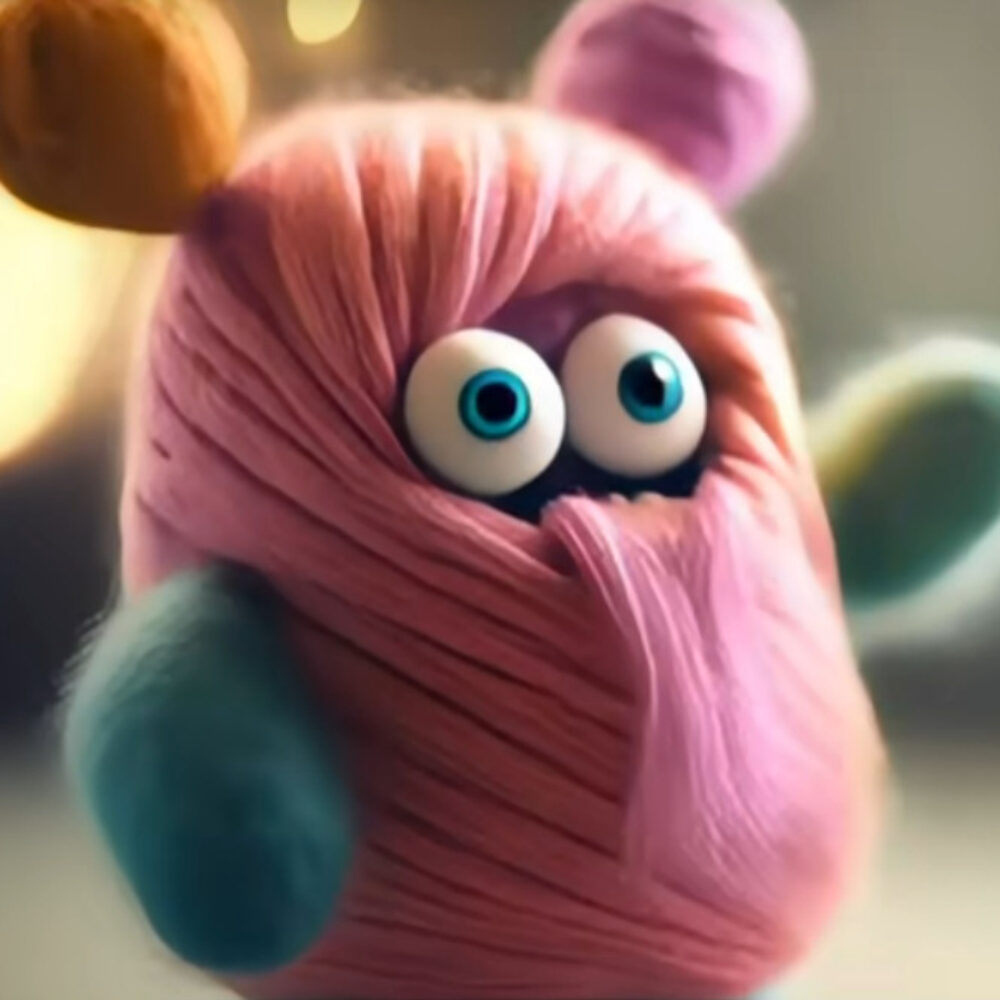New text-to-video tool focuses on video pros, made with content owner permission.

A screen capture from Adobe’s promotional video of Firefly Video Model. Credit: Adobe
On Monday, Adobe announced Firefly Video Model, a new AI-powered text-to-video generation tool that can create novel videos from written prompts. It joins similar offerings from OpenAI, Runway, Google, and Meta in an increasingly crowded field. Unlike the competition, Adobe claims that Firefly Video Model is trained exclusively on licensed content, potentially sidestepping ethical and copyright issues that have plagued other generative AI tools.
Because of its licensed training data roots, Adobe calls Firefly Video Model “the first publicly available video model designed to be commercially safe.” However, the San Jose, California-based software firm hasn’t announced a general release date, and during a beta test period, it’s only granting access to people on a waiting list.
An example video of Adobe’s Firefly Video Model, provided by Adobe.
Ars Video
How Scientists Respond to Science Deniers
In the works since at least April 2023, the new model builds off of techniques Adobe developed for its Firefly image synthesis models. Like its text-to-image generator, which the company later integrated into Photoshop, Adobe hopes to aim Firefly Video Model at media professionals, such as video creators and editors. The company claims its model can produce footage that blends seamlessly with traditionally created video content.
While Adobe hasn’t named any customers using its video tools yet, according to a Reuters report, some major brands already use its image generation technology. PepsiCo-owned Gatorade plans to use Adobe’s image model for a custom bottle design website. Mattel has been using Adobe tools to assist in designing Barbie product packaging.
Adobe’s Firefly Video Model promo video.
Even with some corporate support, Adobe may face significant resistance to its AI video generator among some creatives. In June, an AI-generated Toys “R” Us commercial created using OpenAI’s Sora video model sparked a negative reaction from some commentators online who often criticize the ethics of using AI-generated tools and the quality of the outputs. Still, AI-generated video tools may be here to stay.
“Mock that Toys ‘R’ Us AI spot all you want—but it’s just the beginning,” wrote an advertisement copywriter named Dan Goldgeier that we previously quoted in our coverage of the commercial. “Most consumers won’t know the difference or care, and most marketers will be more than happy to make this kind of spot for less money.”




